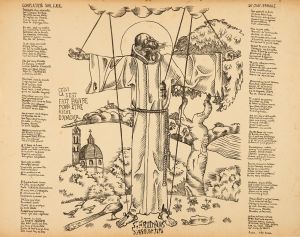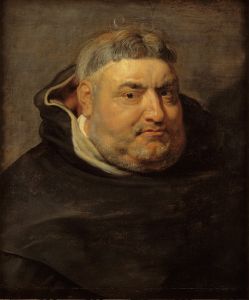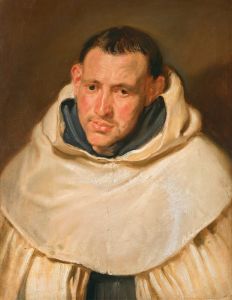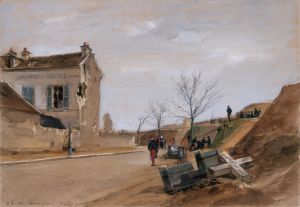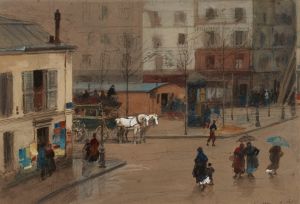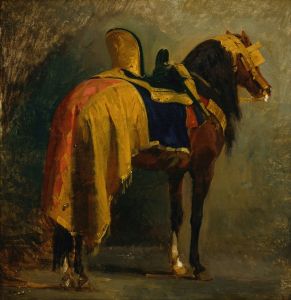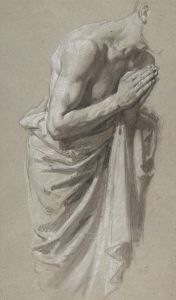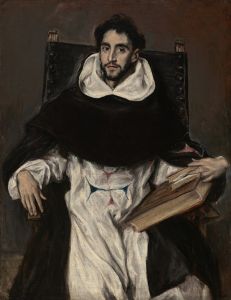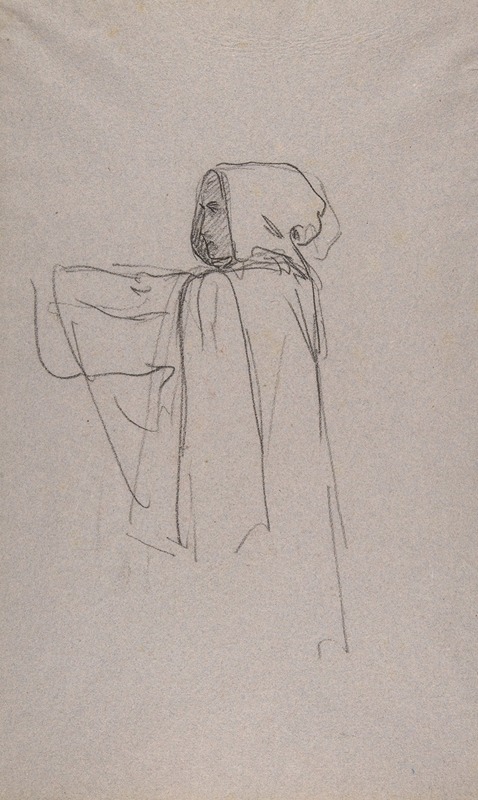
Monk
A hand-painted replica of Isidore Pils’s masterpiece Monk, meticulously crafted by professional artists to capture the true essence of the original. Each piece is created with museum-quality canvas and rare mineral pigments, carefully painted by experienced artists with delicate brushstrokes and rich, layered colors to perfectly recreate the texture of the original artwork. Unlike machine-printed reproductions, this hand-painted version brings the painting to life, infused with the artist’s emotions and skill in every stroke. Whether for personal collection or home decoration, it instantly elevates the artistic atmosphere of any space.
Isidore Pils was a notable French painter in the 19th century, recognized for his historical and religious compositions. One of his works, "Monk," exemplifies his skill in capturing the essence of religious life and the human condition. Although specific details about the painting "Monk" by Isidore Pils are not extensively documented, we can explore the context of Pils' career and his artistic style to understand the significance of such a work.
Isidore Pils was born on July 19, 1813, in Paris, France. He studied under François-Édouard Picot at the École des Beaux-Arts in Paris, where he honed his skills in academic painting. Pils' early works often depicted religious and historical themes, reflecting the academic traditions of his time. He gained recognition for his ability to convey emotion and narrative through his paintings, which often featured dramatic compositions and meticulous attention to detail.
Throughout his career, Pils participated in the prestigious Paris Salon, where he exhibited many of his works. His painting "The Death of a Sister of Charity" won the Prix de Rome in 1838, allowing him to study in Rome and further develop his artistic style. This experience influenced his approach to religious subjects, as he was exposed to the works of the Old Masters and the rich artistic heritage of Italy.
Pils' works often depicted scenes of devotion, sacrifice, and the spiritual life, themes that were prevalent in 19th-century French art. His paintings were characterized by their realistic portrayal of figures and settings, as well as their emotional depth. Pils had a keen ability to capture the solemnity and introspection associated with religious life, which would have been evident in a painting like "Monk."
While specific information about the painting "Monk" is limited, it is likely that Pils employed his characteristic style to depict the contemplative and austere life of a monk. Monastic life, with its emphasis on prayer, meditation, and simplicity, would have provided rich subject matter for Pils' exploration of human emotion and spirituality. The painting may have featured a solitary figure engaged in prayer or reflection, set against a backdrop that emphasized the tranquility and isolation of monastic life.
Isidore Pils' contributions to the art world extended beyond his paintings. He was appointed a professor at the École des Beaux-Arts in 1863, where he influenced a new generation of artists. His works are held in high regard for their technical proficiency and their ability to convey profound themes through the medium of painting.
In summary, while specific details about "Monk" by Isidore Pils are scarce, the painting can be appreciated within the broader context of Pils' oeuvre and his focus on religious and historical themes. His ability to capture the essence of monastic life and the human spirit is a testament to his skill as a painter and his understanding of the deeper aspects of human existence.






